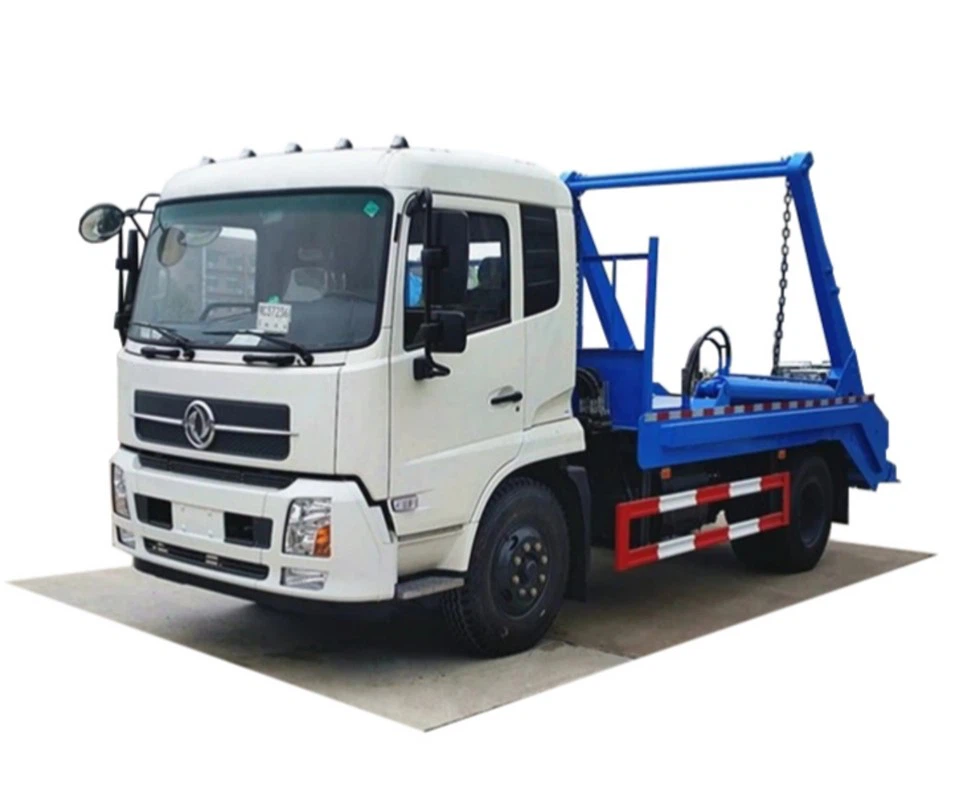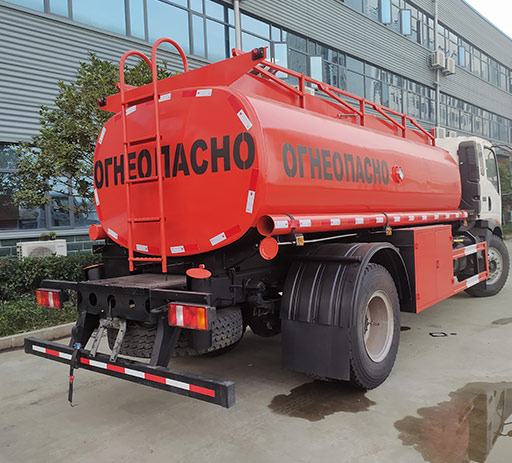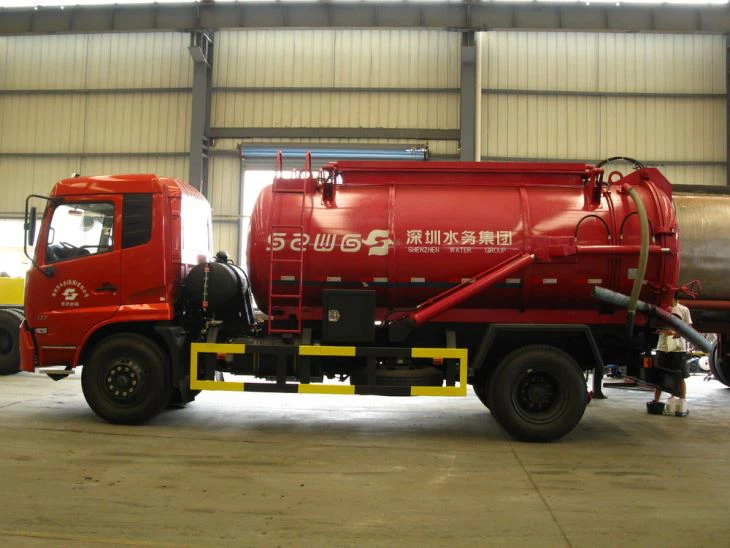Best Time of Year to Buy an RV: Your Comprehensive Guide

Buying an RV can be an exhilarating experience, but timing plays a crucial role in getting the best deal. While there are numerous factors to consider, the best time of year to buy an RV can save you both time and money. In this guide, we’ll explore the ins and outs of purchasing an RV, including seasonal trends, market expectations, and tips to help you find the deal that’s right for you.
Understanding the RV Market
The RV market is influenced by various factors, including seasonality, vehicle demand, and economic conditions. Understanding these dynamics can significantly enhance your purchasing strategy.
Seasonality in RV Sales
RV sales typically experience seasonal fluctuations throughout the year. The demand for RVs peaks during certain months, often influencing the pricing and availability of models.
- Spring and Summer: Peak season for RV sales. Families take vacations, pushing demand higher.
- Fall: Transition period where dealers start to clear inventory as the camping season winds down.
- Winter: Generally low demand, making it an ideal time for buyers seeking deals.

Understanding Dealer Incentives
Many dealerships offer incentives to clear out inventory at the end of the model year. These incentives may include low-interest financing, promotions, or markdowns for older models.
| Time of Year | Typical Sales Strategy | Potential Discounts |
|---|---|---|
| Spring | High Demand | Low discounts, higher prices |
| Summer | Peak Sales | Minimal discounts |
| Fall | Clearance Sales | Moderate discounts |
| Winter | Low Demand/Special Offers | High discounts |
Best Months to Buy an RV
Late Fall to Early Winter
The best time to buy an RV is typically from late fall to early winter. This period witnesses significant drops in consumer interest as camping season ends. Dealerships often want to clear out inventory to make space for new models.
Why You Should Consider This Period
- Less competition from buyers
- Higher chances of negotiating a better deal
- Dealer incentives often available to boost sales
End of Month and End of Quarter
Another strategic time to purchase an RV is at the end of the month or the end of a sales quarter. Salespeople are often more willing to negotiate in order to meet their sales goals.
Effective Negotiation Tips
- Research the market value of your desired RV model beforehand.
- Be prepared to walk away if the terms aren’t favorable.
- Stay informed about manufacturer incentives or rebates.
Off-Season Buying Strategy
Research and Planning
Taking your time to research RVs and available dealers during the off-season allows you to understand market trends. Knowing specifications, market prices, and available features can empower you as a buyer.

Steps to Effective Research
- Visit RV shows and expos to see different models in person.
- Read reviews and ratings for various RV brands and models.
- Engage with online forums and communities aimed at RV enthusiasts.
Exploring Used RVs
The off-season is also an excellent time to look for used RVs. Many owners sell during this time, leading to many options at potentially lower prices than new models.
Considerations When Buying Used RVs
- Inspect the vehicle thoroughly for wear and tear.
- Request maintenance records from the previous owner.
- Consider a professional inspection before finalizing your purchase.
Financing and Budgeting Insights
Understanding RV Financing Options
Consider your financing options as you prepare to buy an RV. Financing arrangements vary significantly among buyers, so it’s essential to have a clear plan and budget in place.
Types of Financing
- Bank Loans: Often provide competitive interest rates for RV purchases.
- Credit Unions: May offer tailored loans to their members.
- Dealer Financing: Convenient but may include higher interest rates.
Establishing a Realistic Budget
In addition to the purchase price, consider other costs associated with RV ownership, such as insurance, registration, maintenance, and fuel costs. A comprehensive budget will prevent unexpected financial strain.
Where to Buy an RV
New vs. Used Dealerships
Both new and used dealerships offer unique advantages. Understanding their differences can help you decide which route is best suited for your needs.
Advantages of New Dealerships
- Latest models with the newest features.
- Full warranty coverage and dealership support.
Advantages of Used Dealerships
- Lower prices compared to new RVs.
- A wide variety of models with additional features and upgrades.
Private Sales
Buying an RV through a private seller can lead to significant savings. However, this route necessitates careful research and scrutiny.
Key Considerations for Private Sales
- Confirm the lifetime of the vehicle and maintenance history.
- Negotiate the price based on inspection findings.
- Make sure all paperwork is in order and complete before purchase.
Practical Tips for Buying an RV
Test Driving and Inspections
A test drive is crucial. It allows you to gauge how comfortable you are driving and maneuvering the RV. Also, ensure a thorough inspection of the vehicle is conducted by a qualified mechanic.
Essential Inspection Checklist
- Check all electrical systems and appliances.
- Examine the plumbing and water systems for leaks.
- Review tires for wear and proper inflation.
Negotiating the Purchase
Negotiation is key in the RV buying process. Knowledge is leverage; coming prepared with market information gives you a strong position at the bargaining table.
Strategies for Effective Negotiation
- Present offers based on similar RV sales in your area.
- Be clear about your budget constraints.
- Be patient and willing to walk away if the negotiation isn’t favorable.

Warranty and Aftercare
Understanding RV Warranties
When buying an RV, understanding the warranty options is critical for long-term peace of mind. Some dealerships offer extended warranties for an additional cost.
Types of RV Warranties
- Manufacturer’s Warranty: Covers certain repairs for the first few years.
- Extended Warranty: Optional coverage that may cover additional years and services.
Essential Aftercare Tips
Proper maintenance contributes to the longevity of your RV. Regular check-ups can help avoid costly repairs down the line.
Maintenance Checklist
- Regularly inspect tires and change oil as needed.
- Clean and maintain the exterior to prevent decay.
- Service appliances and check the plumbing systems annually.
Frequently Asked Questions
When is the worst time to buy an RV?
The worst time to buy an RV is typically in the spring and summer months when demand is at its peak. Prices tend to be higher during this season due to increased competition among buyers.
What are some common financing mistakes when purchasing an RV?
Common mistakes include not shopping around for the best interest rates, failing to understand the total cost of ownership, and not considering the length of financing. Always do your homework to avoid these pitfalls.
Should I buy new or used RV?
It depends on your budget and needs. New RVs come with the latest features and warranties, while used RVs can save you money but may come with hidden wear and tear.
What is the average cost of an RV?
The average cost of an RV can range widely based on the type and brand, typically anywhere from $10,000 for used pop-up campers to over $300,000 for luxury motorhomes.
How can I maximize my RV’s resale value?
Maintain it well, keep records of maintenance, and make updates periodically. Also, consider the timing of selling; doing so outside peak seasons can lead to better offers.
Is it worth investing in an extended warranty for an RV?
Extended warranties can be worth it if you plan to use your RV extensively. However, it’s essential to read the fine print as coverage can vary significantly among providers.
